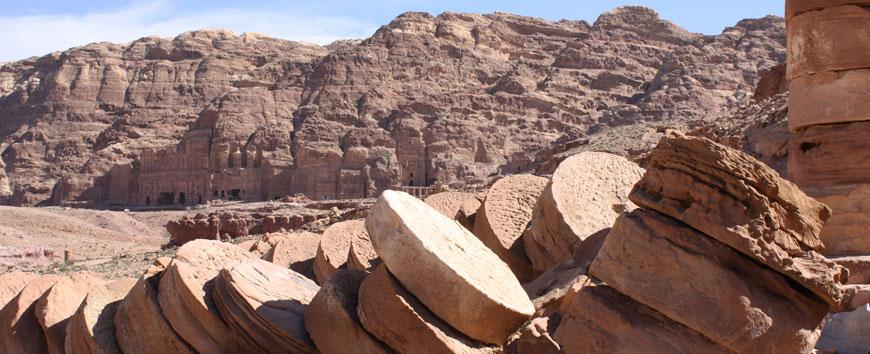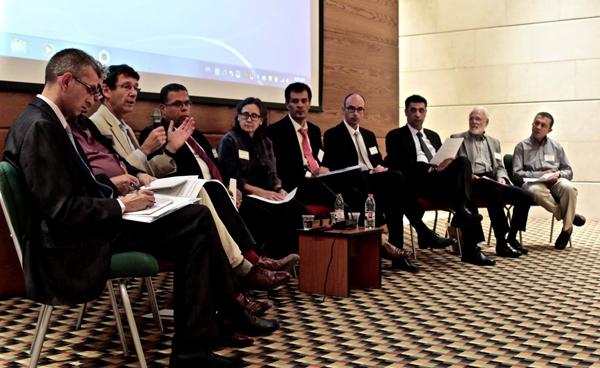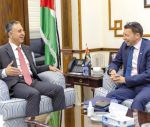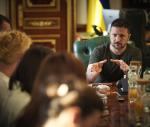You are here
Programme aims to map endangered cultural sites through online database
By Saeb Rawashdeh - Oct 24,2018 - Last updated at Oct 24,2018

The EAMENA database contains around 150,000 images from some 20 countries (Photo courtesy of Andrea Zerbini)
AMMAN — “Often, we are asked a question: ‘Why should we bother with cultural heritage while there are humanitarian crises, like in Syria?’” Director of Endangered Archaeology of Middle East and North Africa (EAMENA) Robert Bewley said on Sunday.
Culturally significant sites face a myriad of obstacles including agriculture, military conflict, construction, looting and natural erosion, he explained, during a lecture held at the CBRL British Institute in Amman
”If we have more agriculture, we will have more people and the large numbers will boost construction in the area as they need houses, roads, dams, pipelines… so it’s all interrelated,” the scholar explained, as he presented the EAMENA project, launched in January 2015 to “rapidly record and evaluate the status of the archaeological landscape of the MENA region in order to create an accessible body of data, which can be used by national and international heritage experts to target those sites in danger, and better plan and implement preservation and protection of this heritage”.
The database of EAMENA contains around 150,000 images, and the initiative was supported by the Arcadia Fund and the Cultural Protection Fund, and is based at universities of Oxford, Durham and Leicester.
Bewley said there are four pillars to EAMENA’s approach to cultural heritage: caring “because if people care, it will help them enjoy the heritage”, enjoyment, since from enjoying cultural heritage comes a desire to understand it, understanding, as understanding cultural heritage triggers people to value it; value, since valuing heritage means caring about it.
To respond to the destruction and looting of cultural sites in the region, the team surrounding Bewley has been using aerial and historical photographs of the sites, providing training to local stakeholders and assessing the threats as well as monitoring endangered sites.
“It’s all teamwork, no person can do it on their own,” Bewley stressed, noting that the initial project was planned for two years, but, when funds were raised, it was extended until 2020.
“The team grows and grows and they are all very young scholars willing to continue the EAMENA mission,” the director continued, noting that the project covers 20 countries from Mauritania to Iraq.
“It’s a huge area, and it’s overambitious,” he pointed out, adding that, although there is no such thing as a complete archaeological survey, there will always be something new to discover, and, as he concluded “at least we started”.
Related Articles
AMMAN — In less than two years, a team of archaeologists has amassed records for 90,000 Middle Eastern sites in an online database. The
AMMAN — Northern Jordan’s archaeological and historical significance remains underexploited and little known, despite its huge cultural sign
AMMAN — Archaeology, not only in the Middle East but in the whole world, is “under the greatest threat”, said Director of Endangered Archaeo
















